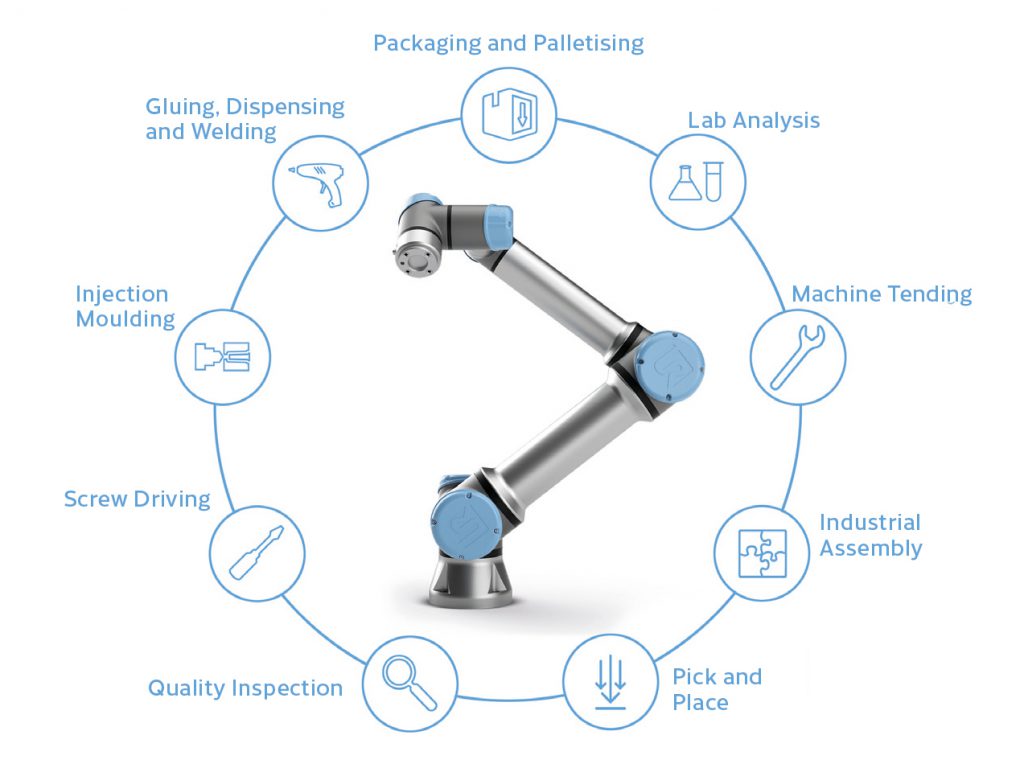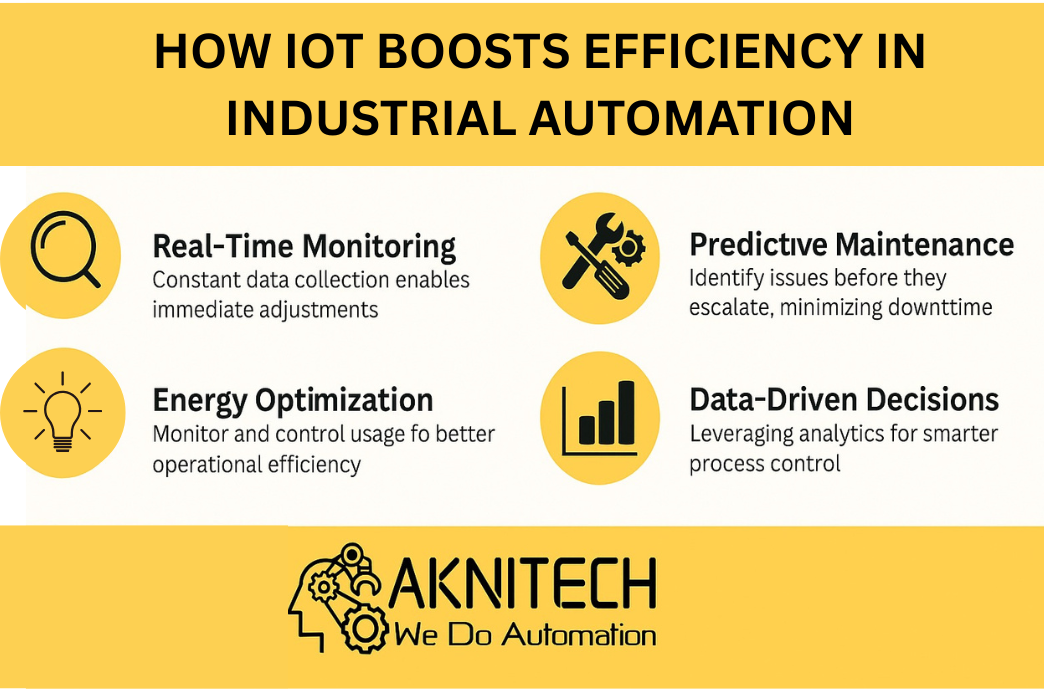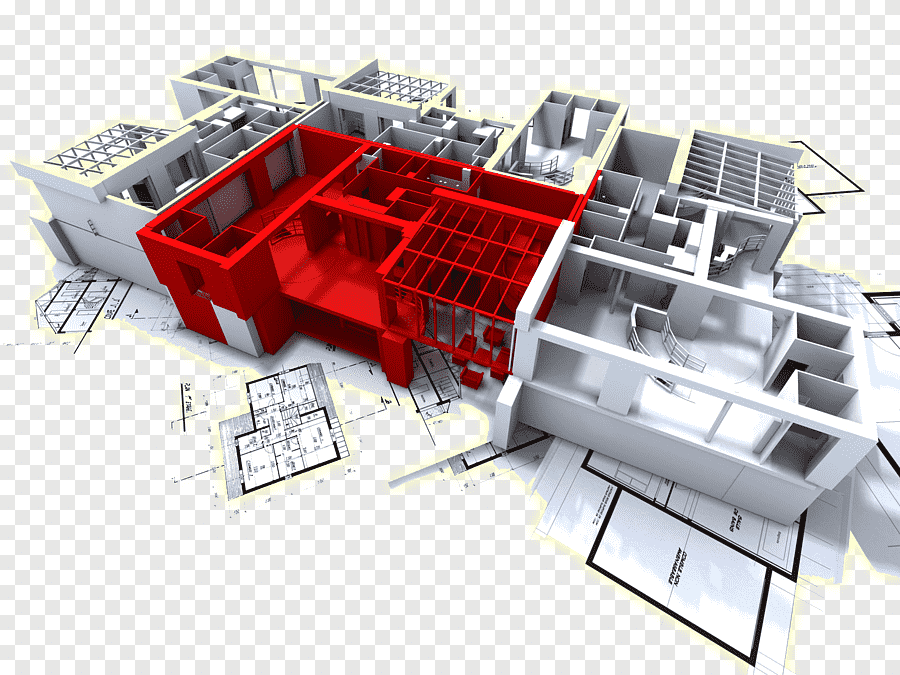In the rapidly evolving world of industrial automation, collaborative robots, or “cobots,” are transforming how humans and machines work together. Unlike traditional industrial robots that operate in isolated environments, cobots are designed to safely share workspace with humans, enhancing productivity and efficiency while maintaining high safety standards. As industries embrace this groundbreaking technology, it’s essential to understand its impact and potential.
What Are Collaborative Robots?
Collaborative robots are advanced robotic systems engineered to interact directly with humans in a shared workspace. These robots are equipped with sophisticated sensors, cameras, and AI algorithms that enable them to detect and respond to human presence, ensuring safe and seamless collaboration.

Key Features of Cobots
- Safety First: Cobots are built with safety as a priority. They feature force-limited joints that prevent injuries by halting movement upon detecting unexpected resistance.
- User-Friendly Programming: Unlike traditional robots that require complex programming, cobots are intuitive to program, often using drag-and-drop interfaces or direct teaching methods.
- Flexibility and Adaptability: Cobots can easily adapt to various tasks, making them suitable for industries ranging from manufacturing to healthcare.
- Compact Design: Their lightweight and compact designs allow cobots to fit into existing workflows without requiring significant infrastructure changes.
Applications of Cobots
Collaborative robots are revolutionizing numerous industries. Here are some prominent use cases:
- Manufacturing: Cobots are streamlining assembly lines, handling repetitive tasks like welding, painting, and quality inspection, allowing human workers to focus on more complex responsibilities.
- Healthcare: In healthcare, cobots assist in tasks such as surgical procedures, rehabilitation therapies, and lab testing, improving precision and patient care.
- Logistics: Cobots are optimizing warehouse operations by handling sorting, packing, and palletizing tasks, reducing human strain and increasing efficiency.
- Food and Beverage: In the food industry, cobots perform tasks like packaging, portioning, and even cooking, ensuring consistency and hygiene.
- Small and Medium Enterprises (SMEs): Cobots’ affordability and ease of use make them accessible to SMEs, helping them automate processes without hefty investments.
Benefits of Human-Cobot Collaboration
- Increased Productivity: By handling repetitive and physically demanding tasks, cobots free up human workers to focus on creative and strategic roles.
- Enhanced Safety: Cobots reduce workplace injuries by taking over hazardous tasks.
- Cost Efficiency: Their lower installation and maintenance costs make automation accessible to a broader range of businesses.
- Employee Satisfaction: Workers benefit from reduced monotony and strain, leading to improved job satisfaction and morale.
Challenges and Considerations
While cobots bring numerous advantages, there are challenges to address:
- Initial Investment: Despite their cost-efficiency, the upfront investment might be a barrier for some businesses.
- Skill Gap: Companies need to upskill employees to work effectively alongside cobots.
- Integration Complexity: Integrating cobots into existing workflows may require careful planning and customization.
The Future of Collaborative Robotics
The rise of cobots marks a significant shift in the industrial landscape. As technology advances, cobots will become more intelligent, versatile, and accessible. With advancements in AI and machine learning, future cobots will be capable of understanding and predicting human behavior, further enhancing collaboration.
How Aknitech Can Help
At Aknitech Automation, we specialize in integrating cutting-edge robotic solutions tailored to your business needs. Our expertise in automation ensures seamless human-machine collaboration, driving efficiency and innovation. Whether you’re new to automation or looking to upgrade your existing systems, our team can guide you every step of the way.
Conclusion
Collaborative robots are redefining the way industries operate, enabling humans and machines to work together harmoniously. By embracing this technology, businesses can unlock unprecedented levels of productivity, safety, and innovation. As cobots continue to evolve, the possibilities for human-machine collaboration are limitless.
Start your automation journey with Aknitech and experience the transformative power of cobots today!







